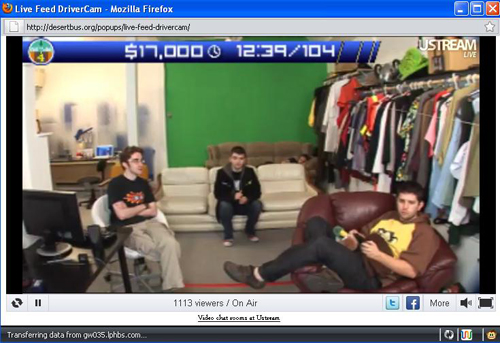When it comes to being a writer or actor, we currently live in interesting times—and by “interesting” I’m using the “Chinese curse” definition of the word.
Computers and the Internet have not only opened up a new distribution method for people to see their work and give them money for it, but also a way for people to view their work and keep from giving them money for it. The main point of contention during the Writers Guild Strike of 2007-2008 and the threatened Screen Actors Guild Strike of 2008 was over residuals from “new media,” and how much a production studio would pay them for re-broadcasts of the material over time beyond its initial broadcast.
To briefly summarize, rather than use the old mathematical formula created in the 1980s when home video became a concern or wait a few years to see exactly how profitable distribution on “new media” is and create a new formula, the WGA wanted the producers’ guild (the AMPTP) to create a new formula right now which would potentially address any and all concerns about how writers would get paid for work that has the potential to be seen and consumed in innumerable ways that aren’t easily tabulated thanks to things like click rates and online piracy.
Because that formula hasn’t been perfected yet and online piracy is still a problem, anyone who wants to start releasing their content on the ‘net is trying to figure out who their loyal paying audience (aka their True Fans) is and how to best get a hold of that person’s entertainment dollar.
About a month ago, Indie Wire.com blogger Cameron Carlson went to the “Producing Web Entertainment” seminar at the American Cinematheque in California, and came away with eight things he learned about how to best reach an Internet-based audience. However, the people on that panel and the series they were talking about were people I’d never heard of personally, which made me wonder: Exactly who are these guys and why would I want to believe their words on this topic?
After doing lots of clicking and a bit of research, I present to you my own list of five things I think these particular content creators are doing correctly and incorrectly when it comes to reaching out to a ‘net-savvy audience: Continue reading “Trisha’s Take: How Hollywood may still be “doing it wrong” in the world of web entertainment” →



